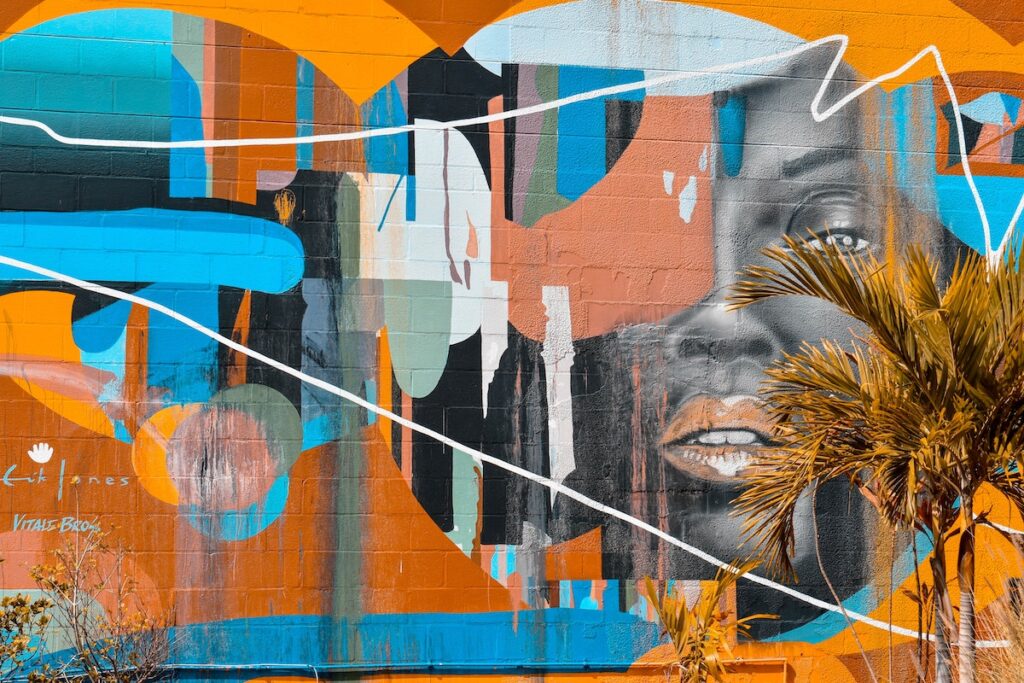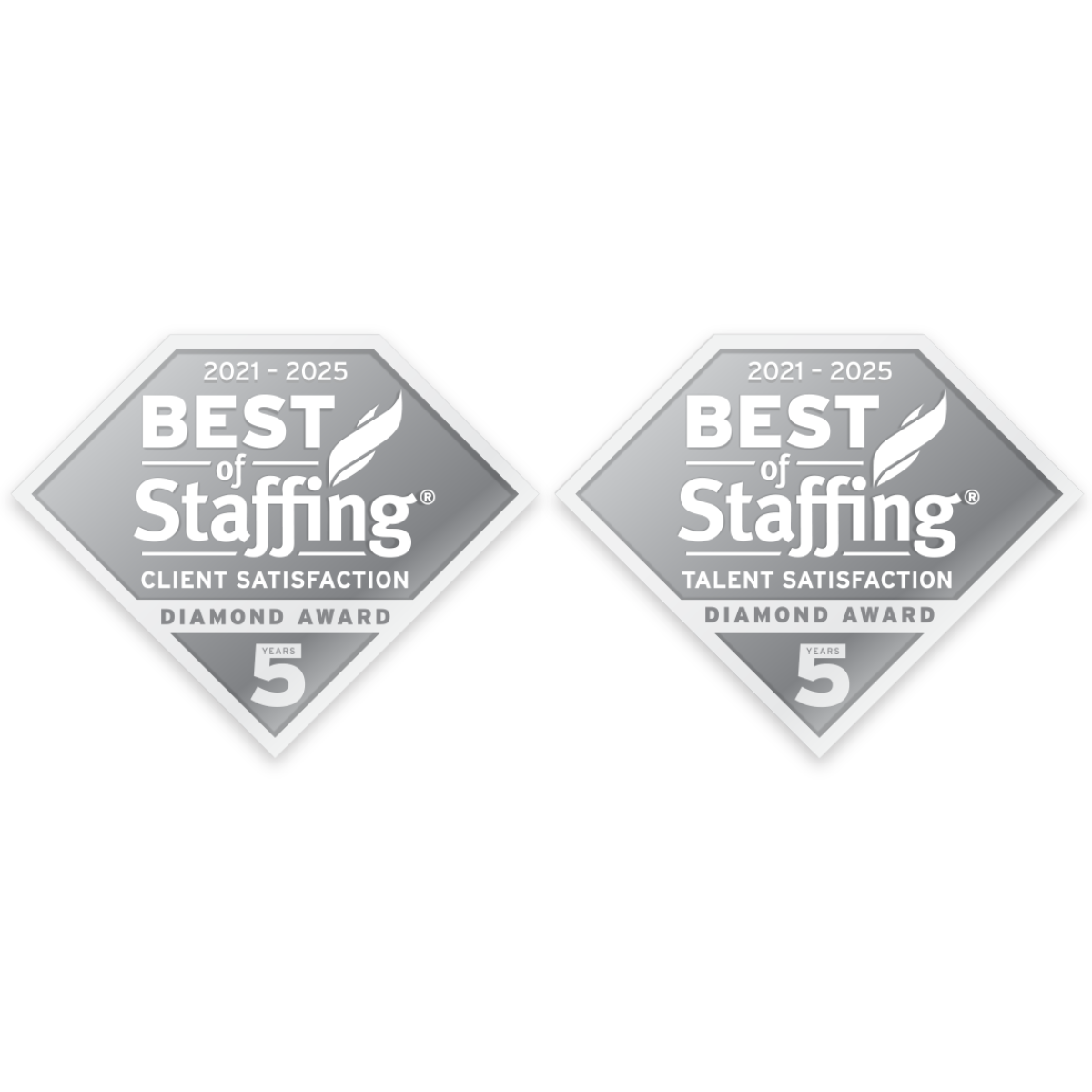Want to be a successful creative professional? Stellar work is part of the equation. But so are you. Evolving your craft into a business is also about finding the right way to leverage your unique artistic voice. Your personality can be a powerful differentiator — and will help you build your brand as you make connections, grow your network, and establish your client base. How you work and relate to your clients and develop and grow those relationships can make you and your business stand out. Being professional does not mean being dull, droll, or boring.
It’s not all about the “best” person.
As you grow into your creative career, you’ll find that clients and collectors aren’t just looking for someone who has worked with the most prestigious companies or institutions — but rather someone who can understand their needs and pain points and gels well with their vision and culture. They may pass on someone who has fancy bona fides in favor of a creative with whom they have a rapport. And this comes down to your personality and how you present yourself to potential clients. Before you can do this, take some stock in who you are and what sets you apart.
Know thyself.
Say hello to some self-reflection — engaging will help you develop your personal brand. The first step to leveraging your personality comes from knowing yourself both as an artist and person. Gaining insight into your “why” will help you highlight what makes you unique. Understanding your strengths and weaknesses will guide how you would want to present yourself, in an authentic manner, to potential clients.
Some great questions to ask yourself include:
- What situations bring out the best in you?
- What inspires you? What sparks your creativity?
- What are some things that energize you and that you enjoy doing?
- What challenges inspire you to get going?
- What makes you feel strong?
- How have you historically handled disappointments? Do setbacks, errors, or failures throw you off?
- What do you enjoy doing for others? How do you go about making other people feel good about themselves?
- What makes you feel encouraged and supported?
- What do your customers or clients appreciate most about you?
- What aspect do you find the most rewarding about your work?
- What do others think you do very well?
The core of this exercise is to define what your strengths are beyond your craft. Perhaps you create murals because you like the communal aspect of public art. Or you produce work that champions the rights of marginalized communities and therefore work with vernacular materials. Understanding more about what motivates and moves you will help you frame your work and give it richer context, setting the stage for your personality to shine.
Tell your story.
It’s all about the story. Yes, it’s about the work, but clients are hiring you based on more than just the work itself. They’re buying into you and your story. Be passionate about your work. Get excited. Make it infectious. Aimee Rubensteen, co-owner of Rojas + Rubensteen Projects, a nomadic gallery with roots in Miami, New York, and Paris, says:
“The question you need to ask yourself is, ‘How can you make this person believe that they can’t leave without it?’… I think that applies to anything you sell. The difference with art is that it’s a very emotional sale. It’s usually an emotional connection, a memory or a story or a cause, or even just a spiritual feeling.”
Put together your elevator pitch — but make it authentic. Creating a moment of genuine connection when talking about your work can be challenging, but honing this valuable skill will pay dividends. According to Rubensteen:
“Sometimes it’s a confidence issue. It’s easy to say to a gallerist, ‘You’ll explain it much better than I will,’ but having the ability to say ‘This is what my work is about’ can be really hard for artists… Consider adding an anecdote or description about why your work is important to you. It’s about knowing your own work and talking about it to others.”
How to use your personality to land new opportunities.
- Personalize your website + social media channels.
We will echo a sentiment we shared above — professional does not mean boring. Yes, you’re a creative, but what makes you unique? Why should someone choose you over another creative? Craft site and social media copy in your voice, and when possible, write how you speak. As well, your About page is a great opportunity to let more of what moves you to create come through. - Personalize your pitches.
With so many creatives vying to get a leg up, it can be hard to stand out. But by leveraging the power of YOU, using language that is native and true will help you rise to the top. People can tell if you are speaking from an authentic place — and gravitate towards them. - Create new connections.
Clients will be more inclined to hire you if you can successfully build a rapport with them and create a connection. Finding ways to connect in real-time can help. Suggest a phone or video chat instead of just sending emails. Seeing and hearing each other creates a more fully-fledged 2D experience. The more immersive the exchange, the more you can establish a connection and increase the likelihood of winning new business.
Smart ways to forge new connections.
Building a business means connecting with potential new clients — and there are many ways to do this. Find modes of connection that feel like you. We are all different — embrace what makes you you. Be honest with yourself about what jives with your personality. For example, large networking events may be great for extroverts, but not so much if you’re shy. Other options will let an introvert shine. There are so many different opportunities to make and maintain connections — find the ones that will allow you to be yourself. Work in concert with who you are, not at cross-purpose.
Opportunities for folks that love face-to-face interactions:
- Visit gallery openings, art exhibitions, and art fairs
- Attend other artists’ workshops or classes (or hold your own)
- Volunteer at local arts organizations
- Find a local Meetup group for folks with similar interests or working in the same discipline
Opportunities to embrace digitally:
- Engage on social media — this includes on your page, the pages of other artists, and groups on Facebook, LinkedIn, Behance, and more.
- Find online networking events
- Start an email newsletter and/or blog (and comment on other peoples’ blog posts!)
Be like water.
Navigating the world as a creative professional means that many unfamiliar contexts and challenges will likely get thrown your way. Whether it’s a stubborn client, a collaboration gone sour, or a gig that just feels ultimately out of your area of expertise, it’s essential to maintain a sense of professionalism and push forward. Folks that can handle these situations best are usually very adaptable and provide the best they can ahead of their ego.
A famous quote from Bruce Lee sums this up nicely:
“Be like water making its way through cracks. Do not be assertive, but adjust to the object, and you shall find a way around or through it.”
We are not suggesting you abandon who you are, what you believe, and the integrity of your work — rather, to figure out how to keep ahold of who you are in the face of challenging professional situations. Learning how to handle these bumps in the road can help set you apart and earn you repeat clients.
Some skills to build that’ll set you up to best handle thorny situations include:
Learning and utilizing these skills helps foster optimal outcomes without having to lose yourself in the process. Engaging with people in the professional sphere as your genuine and honest self may sound intimidating, but you can do it in a strategic way that will benefit you in the long run. You don’t have to bare your soul, and entire life story to anyone who shows interest in your work — but sharing your authentic artistic truth can create space to connect with people through your work.
About the author.
An award-winning creator and digital health, wellness, and lifestyle content strategist—Karina writes, produces, and edits compelling content across multiple platforms—including articles, video, interactive tools, and documentary film. Her work has been featured on MSN Lifestyle, Apartment Therapy, Goop, Psycom, Yahoo News, Pregnancy & Newborn, Eat This Not That, thirdAGE, and Remedy Health Media digital properties and has spanned insight pieces on psychedelic toad medicine to forecasting the future of work to why sustainability needs to become more sustainable.




